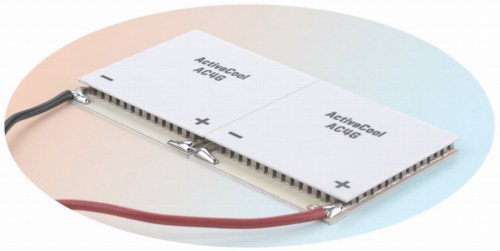Robert Stirling in 1816 had invented an engine called the Stirling engine. It is way more efficient than regular engines like what we have in cars. They are mostly used in yachts, or submarines. The Stirling engine uses the Stirling cycle, which is different than the one used in internal-combustion engines.
In gasoline or diesel engines, gases could leave the engine unlike Stirling engines where gases never leave. As well as they are very quiet and are explosions-free. In the Stirling cycle an external heat source is used, which it could be from gasoline, solar energy or heat produced by decaying plants. There are a lot of ways where you can build up a Stirling engine, and the key source of doing so is to focus on the amount of gas that is sealed inside the engine. And for the Stirling engines to operate, there are some properties of gases that are critical; if you have a fixed amount of gas in a fixed volume of space and you raise the temperature of that gas, the pressure will increase. And if you have a gas and you compress it, the temperature will increase.
For the engine to operate it requires a temperature difference between the top and the bottom of the cylinder. Similarly the difference between your hand’s temperature and the room’s, it is enough to run the engine. There are two pistons which the engine mostly depends on for it to work:
- The power piston: is the smaller one which is located at the top of the engine and it moves up as the gas expand.
- The displacer: is the larger one which is very loose inside of the cylinder and it allows the air to flow easily between the cooled and the heated sections of the engine.
There are also two positions for the displacer to control whether the gas in the engine is being heated or cooled:
- When it is near the top, most of the gas is heated by the heat source causing it to expand. Then pressure is build and the piston goes up.
- When it is near the bottom, most of the gas cools and contracts causing pressure to drop which makes it easy for the piston to move downward and compress the gas.
Peltier Devices:
There are also called Thermoelectric coolers (TECs). They are basically heat pumps that utilizes movement of heat.

The way they work is by placing two conductors in an electric contact, where electrons flow out of less bounded one and move to the more bounded one. And to represent the demarcation in energy within the conduction band of a metal there is something called Fermi level. When two conductors with different Fermi level make contact, electrons flow from the conductor with the higher level until the change in electrostatic potential (contact potential) becomes on the same value. Temperature gradient is caused by the current passing across the junction in a forward or reverse bias. If the temperature of the hotter junction (heat sink) is kept low by removing the generated heat, the temperature of the cold plate can be cooled by tens of degrees.
.

Thermoelectric cooler (Peltier devices) have the following advantages:
- Little or no maintenance since there are no moving parts.
- Low noise operations with a great cooling power
- Lightweight
- Long life
- Small size
References:
http://auto.howstuffworks.com/stirling-engine.htm
http://www.activecool.com/technotes/thermoelectric.html
http://espressomilkcooler.com/how-thermoelectric-power-generation-works/

